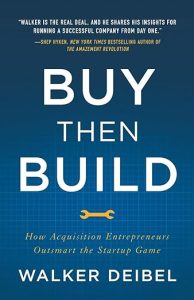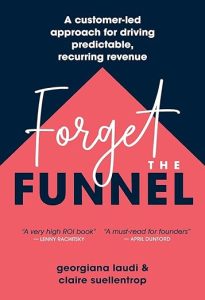The first time I tried to read “Start With Why” I had to put it down after 30 pages. I wasn’t a fan of how the book started and how many times Apple was used as an example in the first couple of chapters.
I am glad I gave this book a second chance. I got a lot of value from this book on my second go around. Truth be told, this book could have been 100 pages and delivered the same amount of value but I am smart enough to know the book industry forces excess pages to justify the cost.
I enjoyed Sinek’s framework of a pyramid with the why being the highest priority and then going down to the how and finally the what.
Manipulations
Here are some key takeaways from the section about manipulations
- Marketers have relied on manipulations to sell products
- Manipulations work but they don’t create loyalty and they stress the whole system (for buyer and seller).
- The most common manipulations are
- Price
- Promotions
- Fear
- Aspirations
- Peer pressure
- Novelty
Neocortex vs Limbic
I really enjoyed the section in the book that talked about the two parts of your brain that factor into your decision making.
The neocortex is where rational thought processes happen. This is where most people process the “WHAT” of a company does.
The limbic is your “gut” reaction and where you can quickly determine if the “WHY” makes you feel an emotion.
The example in the book about not being able to explain why you love something aligns with the limbic system and hence why some people love Apple despite it having fewer features, higher price, and less compatibility with other software.
“Our limbic brain is powerful, powerful enough to drive behavior that sometimes contradicts our rational and analytic understanding of a situation.” – pg. 57
“When you force people to make decisions with only the rational part of their brain they almost invariably end up “overthinking.” These rational decisions tend to take longer to make, says Restak, and can often be of lower quality.” – pg. 57
Clarity, Discipline, & Consistency
- Clarity of WHY.
- You have to know WHY you do WHAT you do.
- Discipline of HOW
- Hows are your values or principles that guide HOW to bring your cause to life. You must stay the course so you stay true to your values.
- Consistency of WHAT
- Everything most lead back to your why. WHAT you do matters as it’s how you will be judged with your WHY.
The Right Order
After you have CLARITY of WHY, are DISCIPLINED and accountable to your own values and guiding principles, and are CONSISTENT in all you say and do, the final step is to keep it all in the right order.
Loyalty
“Don’t forget, loyalty is when people are willing to suffer some inconvenience or pay a premium to do business with you.” – pg. 120
Energy Excites. Charisma Inspires.
Energy can inspire people but it’s not long lasting. As soon as the energy leaves the inspiration goes down. An example is Steve Ballmer and how he fires up employees with energy but Bill Gates is followed by hardcore believers because of his charisma and love for the idea of putting a PC in every house and on every desk.
Charisma has nothing to do with energy; it comes from a clarity of WHY. Charisma commands loyalty. Energy does NOT.
Gathering Of The Titans
I love the story of a bunch of entrepreneurs meeting up for a mastermind and what happens next. I will quote the passage here to get the full essence of the story.
“On the first day, someone asked the group how many of them had achieved their financial goals. About 80 percent of the hands went up. I thought that lone was quite impressive. But it was the answer to the next question that was so profound. With their hands still in the air, the group was then asked, “How many of you feel successful?” And 80 percent of the hands went down.” – pg.180
They were fuzzy on their WHY and craved the old days when the WHY compelled them to take action and start seeing success.
Achievement vs Success
Achievement is something you reach or attain, like a goal. It is something tangible, clearly defined and measurable. Success, in contrast, is a feeling or a state of being.
Achievement comes when you pursue and attain you’re WHAT you want. Success comes when you are clear in the pursuit of WHY you want it.
Finding Your Why
Finding your WHY is a process of discovery, not invention. You must look into the past to understand your WHY. You cannot look to the future and hope to CREATE it.
Biggest Insight
The book can be summed up by this statement “People don’t buy WHAT you offer but WHY you are offering it.”
Join The Newsletter
Get occasional emails from me when I publish new projects and articles.



